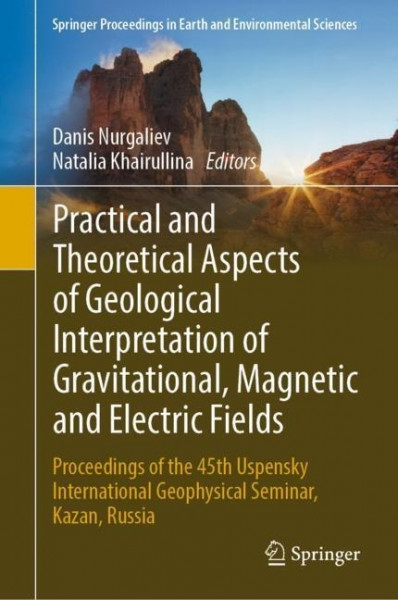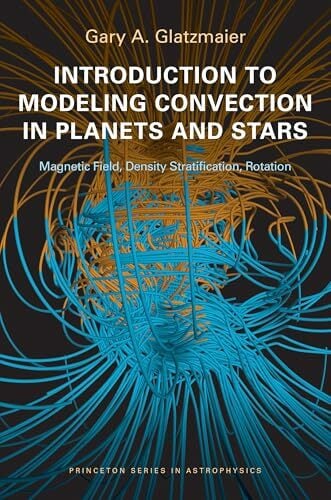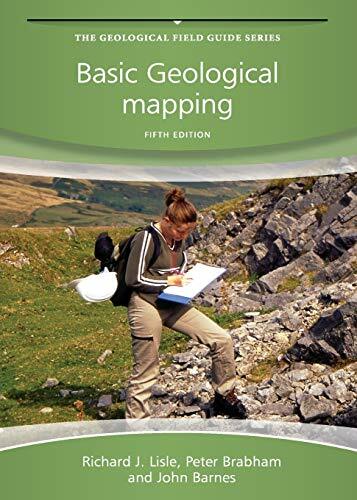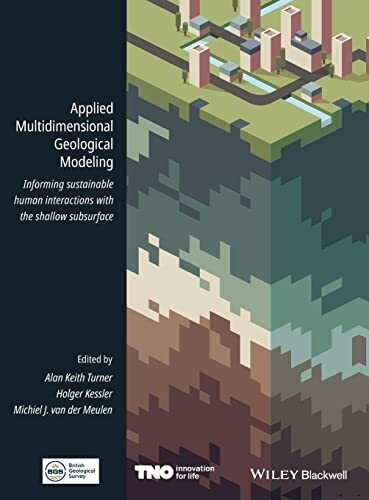
Practical and Theoretical Aspects of Geological Interpretation of Gravitational, Magnetic and Electric Fields
Kurzinformation
inkl. MwSt. Versandinformationen
Artikel zZt. nicht lieferbar
Artikel zZt. nicht lieferbar

Beschreibung
This volume offers an overview of the state-of-the-art theoretical and practical approaches currently used for geophysical data interpretation. It includes new methods and techniques for solving data processing problems, and an analysis of geopotential fields by international researchers. It discusses topics such as: 1. Theoretical issues of interpretation of gravitational, magnetic and electric fields, including general methods of interpreting potential fields and other geophysical data. 2. Modern algorithms and computer technologies for interpretating geophysical fields. 3. The study of Earth deep structure using terrestrial and satellite potential field anomalies. 4. Geological interpretation of gravitational, magnetic and electric fields. This proceedings book is of interest to all geophysical researchers.
Produktdetails

So garantieren wir Dir zu jeder Zeit Premiumqualität.
Über den Autor
Nurgaliev Danis has been a Professor and Grand PhD in (Geologo-mineralogical) sciences since 1997. During this time he has been primary investigator for more than 50 research projects focusing on the development of effective geological and geophysical technologies for hydrocarbon-reservoir exploration, based on seismic sounding, and for controlling their engineering. The results of these projects were presented in more than 500 publications, and the main technologies were patented in the Russian Federation. Matveeva Natalia has been a Junior Research Fellow at Kazan Federal University (KFU) since 2011. She has participated in 5 grant-funded research projects and 10 practical research projects. Her research has focused on developing new methods for interpreting gravimetric data for the effective exploration of oil and natural bitumen deposits. The results of these projects were published in 10 papers.

- paperback
- 284 Seiten
- Erschienen 1999
- Teubner Verlag

- paperback
- 630 Seiten
- Erschienen 2008
- Pearson

- Gebunden
- 686 Seiten
- Erschienen 2008
- Springer

- Gebunden
- 400 Seiten
- Erschienen 2006
- Springer

- hardcover
- 496 Seiten
- Erschienen 2001
- Wiley-IEEE Press

- Gebunden
- 416 Seiten
- Erschienen 1991
- Springer

- paperback
- 1279 Seiten
- Erschienen 1973
- Macmillan Education

- hardcover
- 381 Seiten
- Erschienen 2011
- Wiley-VCH

- hardcover
- 560 Seiten
- Erschienen 2023
- Wiley




































